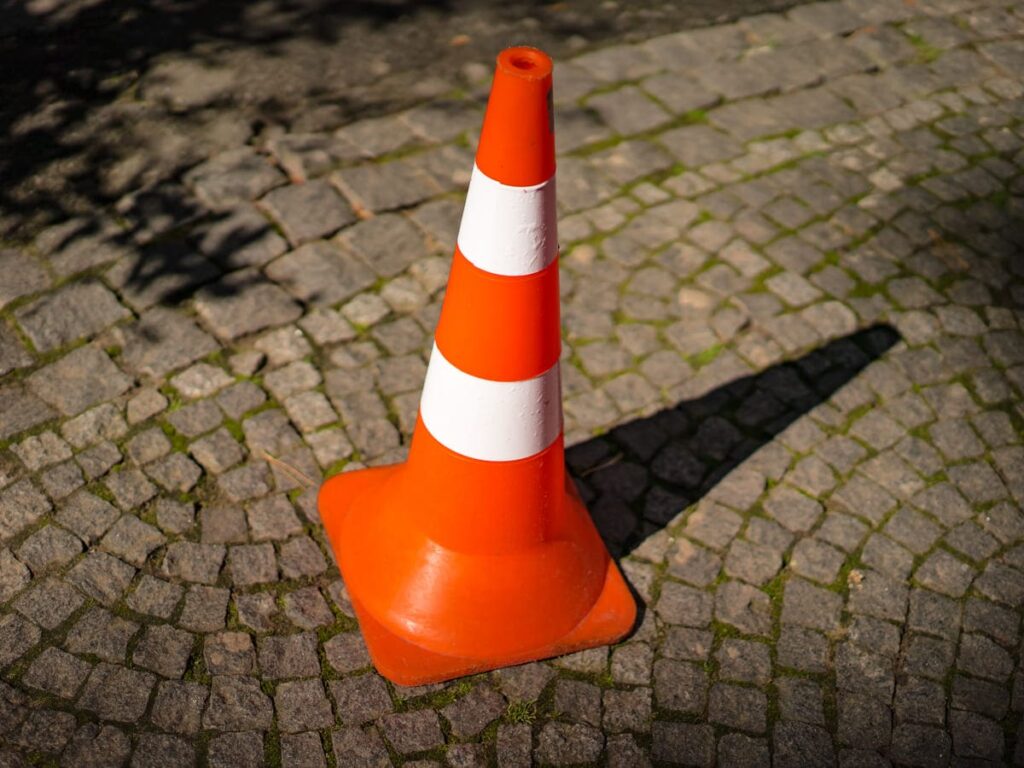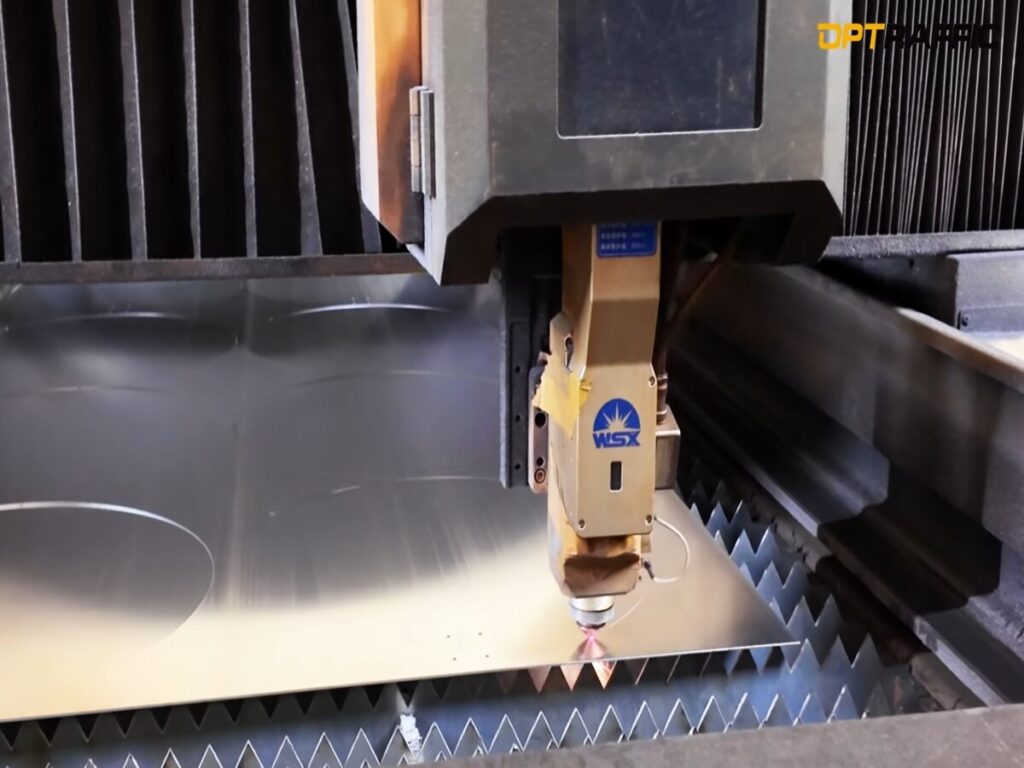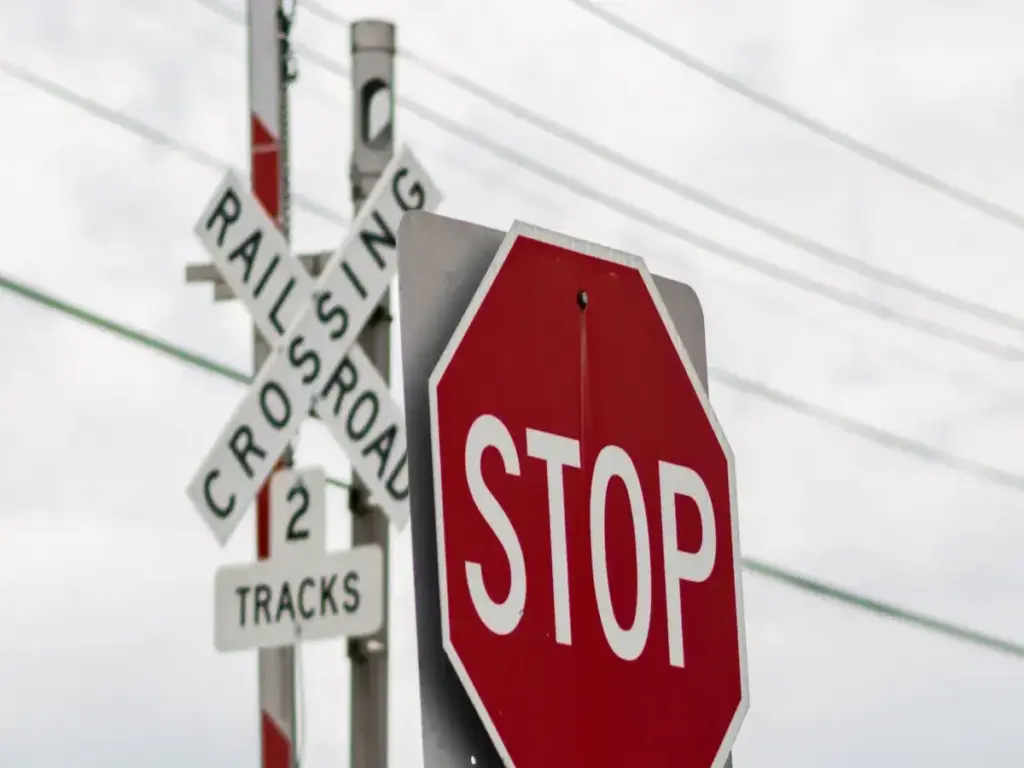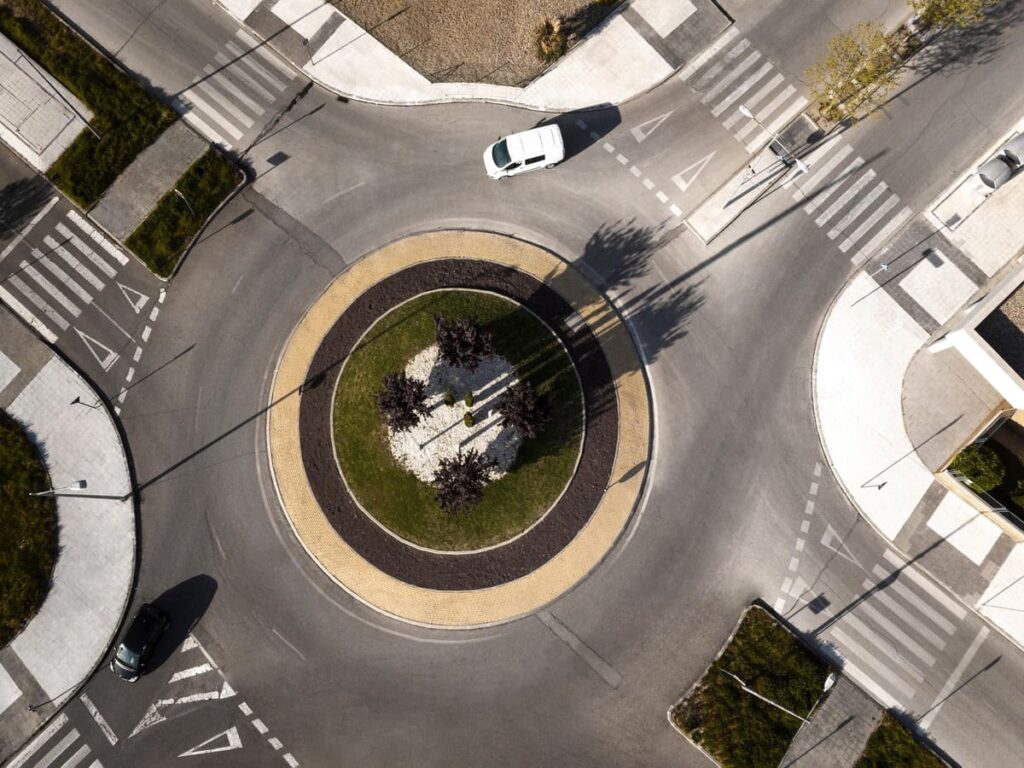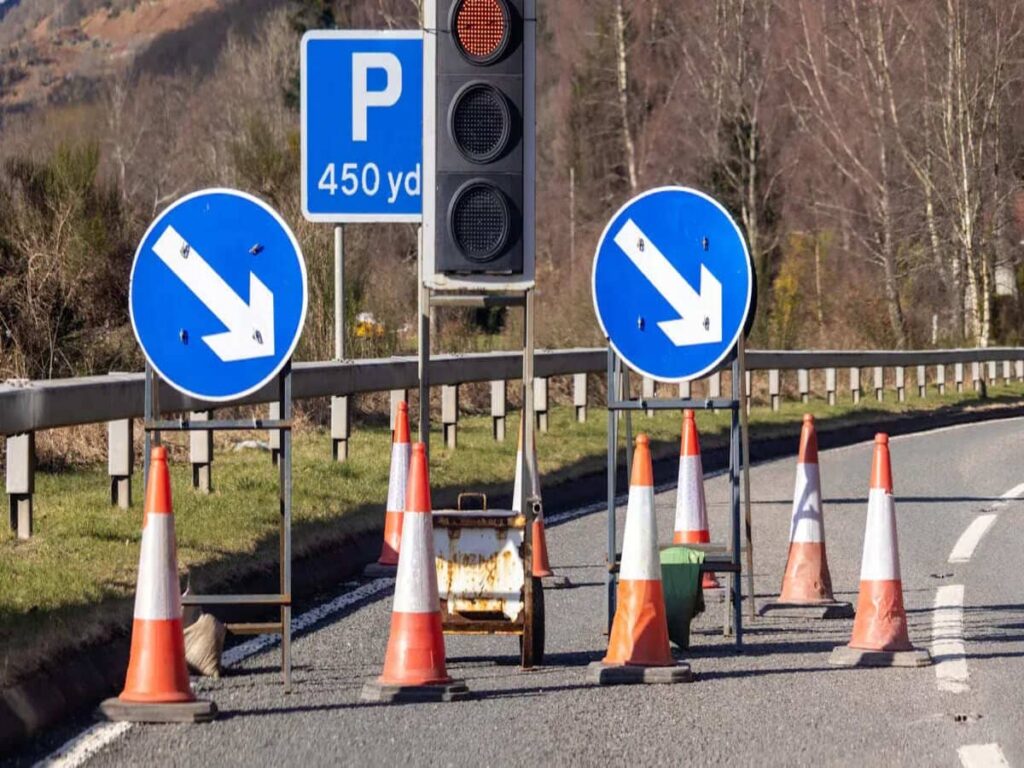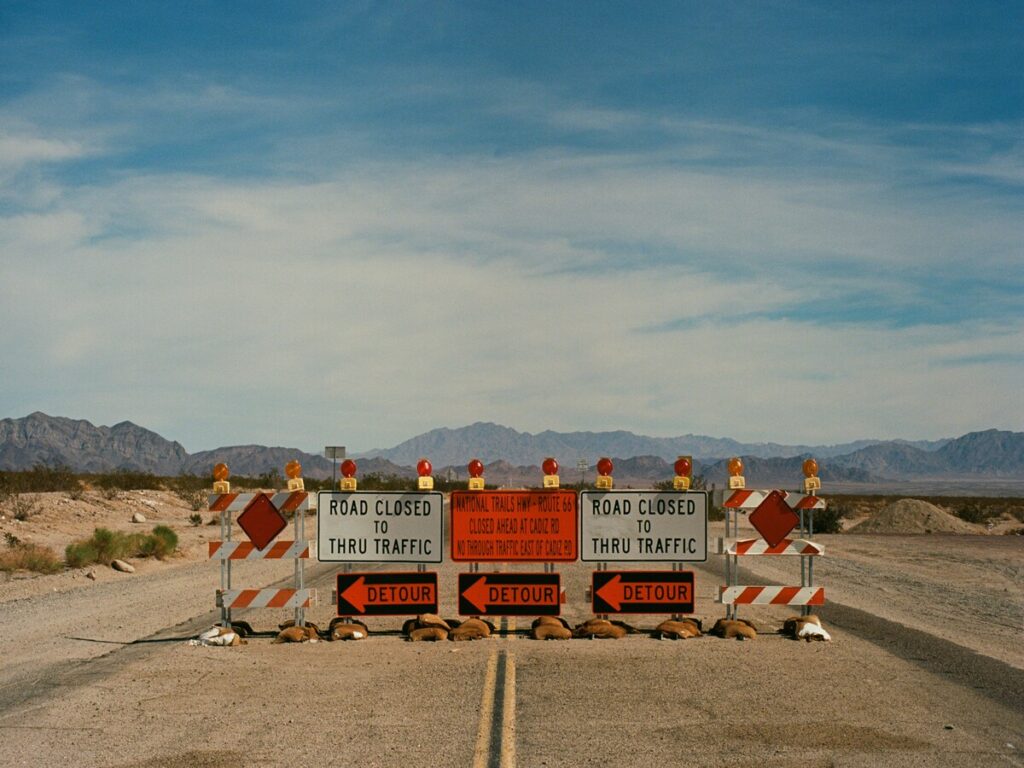
Você deve escolher sinais de segurança rodoviária plástica se quiser sinais baratos, luz, e simples de mover. Esses sinais são bons para empregos em que economizar dinheiro é importante. Eles também são bons quando você precisa de sinais por um curto período de tempo ou prédios internos. Pense em como o material funcionará em sua área e se se encaixa no que você precisa.
Na OPTRAFFIC, Entendemos que diferentes projetos exigem diferentes soluções de sinalização. Se você precisa de sinais plásticos leves para uso a curto prazo ou opções duráveis para segurança a longo prazo, Oferecemos uma variedade de materiais para atender às suas necessidades específicas. Explorar nosso gama de sinais de trânsito e descubra como podemos ajudá -lo a fazer a escolha certa para o seu projeto.
Vantagens
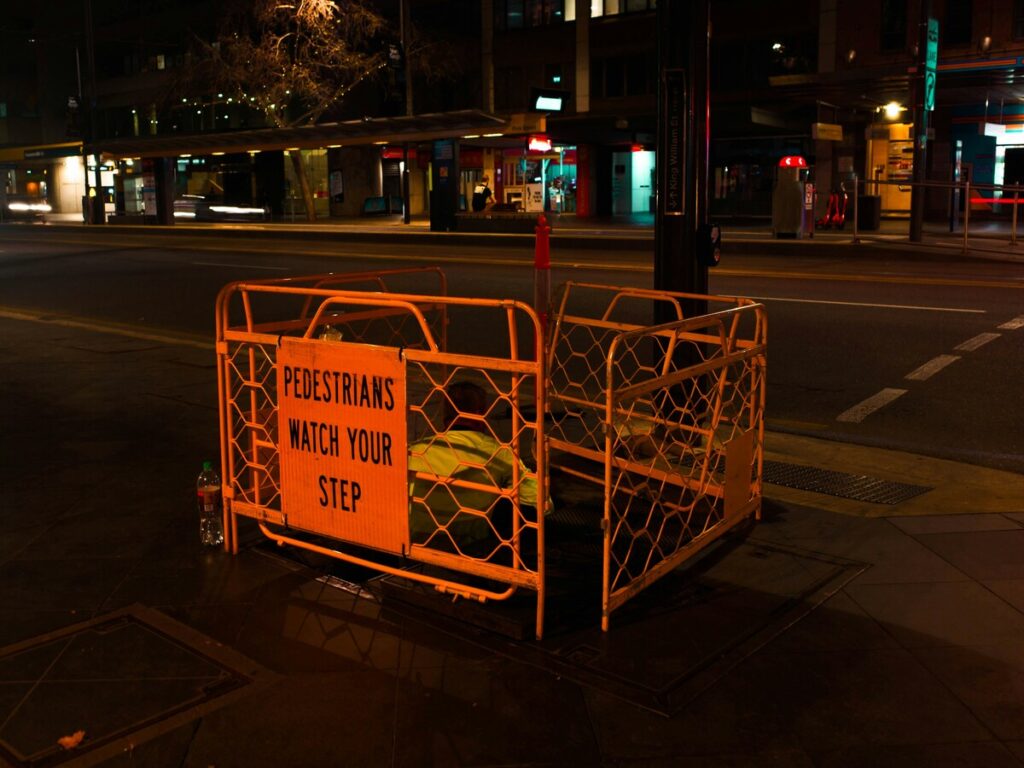
Custo
Você quer manter os custos do seu projeto baixos. Sinalização de segurança rodoviária plástica ajuda você a economizar dinheiro. Quando você olha para os preços, A sinalização plástica é a mais barata. Veja a tabela abaixo para comparar plástico, metal, e sinais de madeira:
| Material de assinatura | Custo por pé quadrado | Notas |
|---|---|---|
| Aço | $25 – $35 | As placas de aço duram muito e lidam bem com o tempo |
| Alumínio | $15 – $25 | Este metal é leve e não muito caro |
| Plástico (Uretano) | $5 – $15 | Os sinais plásticos custam o mínimo e são fortes |
| Madeira compensada | Começando em $50 para 4×4 ft | Os sinais de madeira são baratos, mas quebram facilmente e precisam substituir |
Você também pode ver a diferença de preço neste gráfico:
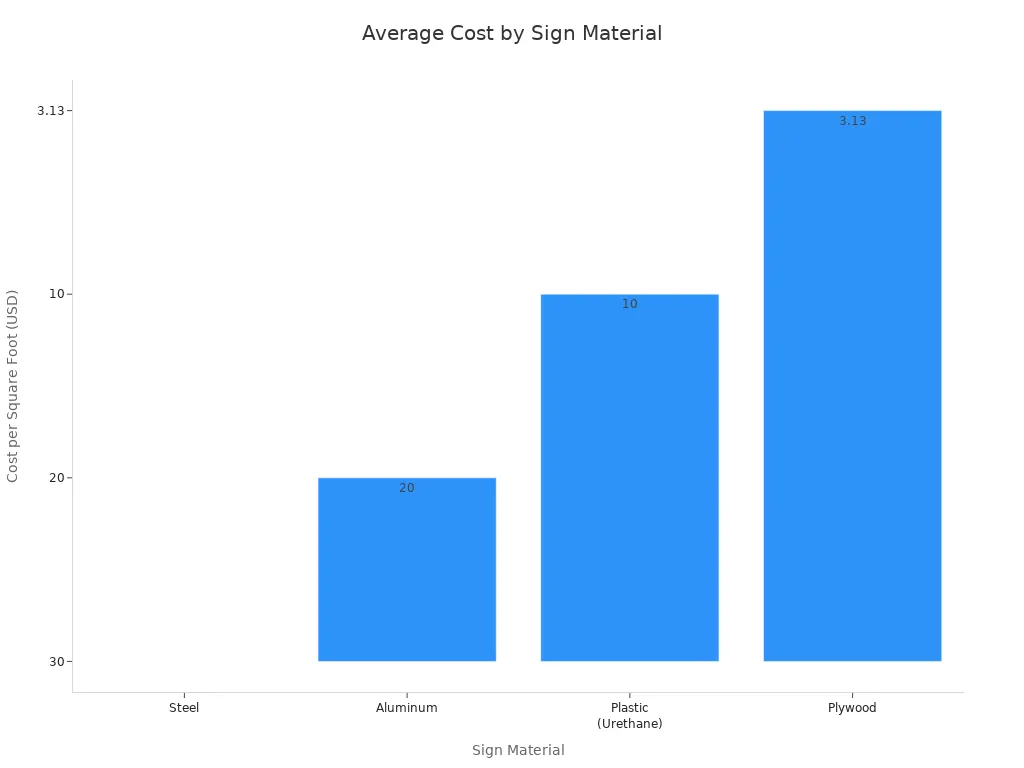
Sinais de plástico permitem cobrir mais lugares sem gastar muito. Você pode usar o dinheiro extra para comprar mais sinais ou tornar as estradas mais seguras. Isso ajuda você a terminar seu projeto sem ficar sem dinheiro.
Leve
Os sinais de plástico são muito mais leves que os de metal. Por exemplo, um pino de segurança rodoviária plástica pesa sobre 0.5 quilogramas. Um metal que um pesa 1 quilograma. Isso significa que você pode se mover e colocar sinais de plástico mais facilmente. É mais seguro e exige menos esforço. Sinais mais leves também significam menos acidentes ao movê -los. Você pode carregar mais sinais de uma vez, O que economiza tempo e para atrasos.
Instalação fácil
Você não precisa de ferramentas especiais para colocar sinais de plástico. Você pode configurar sinais rapidamente, Portanto, seu projeto não é sustentado. Porque sinais plásticos são leves, Você pode colocá -los em muitas superfícies com ferramentas simples. Isso torna menos provável que você os colocará errado. Se você precisar mover ou alterar sinais, É fácil de fazer. Isso ajuda você a acompanhar as mudanças durante projetos movimentados.
Dica: Colocar sinais plásticos rapidamente significa que você pode reagir rapidamente a novos problemas na estrada. Isso mantém os motoristas e os trabalhadores mais seguros.
Personalização
Sinais de plástico podem ser feitos de várias maneiras. Você pode escolher cores diferentes, formas, e tamanhos para o seu trabalho. A tabela abaixo mostra algumas opções:
| Material | Opções de personalização -chave | Impacto na adequação do projeto |
|---|---|---|
| Polietileno (Pe) | Luz, dobra facilmente, lida com o sol, dura muito | Bom para trabalhos curtos ou lugares movimentados porque se dobra, dura, e funciona fora. Bom para projetos verdes. |
| Plástico ABS | Espessura diferente, cor, e textura, fácil de moldar | Trabalha dentro e fora. Você pode fazer parecer como você quer. Você também pode fazer isso em formas especiais para sua marca. |
| Impressão reflexiva & Hardware | Revestimentos brilhantes, maneiras de consertar assinaturas | Torna os sinais mais fáceis de ver e usar. Você pode alterá -los para diferentes lugares e necessidades. |
Você pode combinar seus sinais com sua empresa ou regras de segurança. Sinais personalizados deixam as coisas claras e fáceis de ver. Você pode adicionar revestimentos brilhantes para que as pessoas os vejam à noite. Isso ajuda a interromper acidentes. Com tantas opções, você pode fazer sinais para qualquer lugar, De estradas movimentadas a estacionamentos tranquilos. Os sinais personalizados ajudam você a garantir que todos os sinais façam seu trabalho.
Tipos de materiais
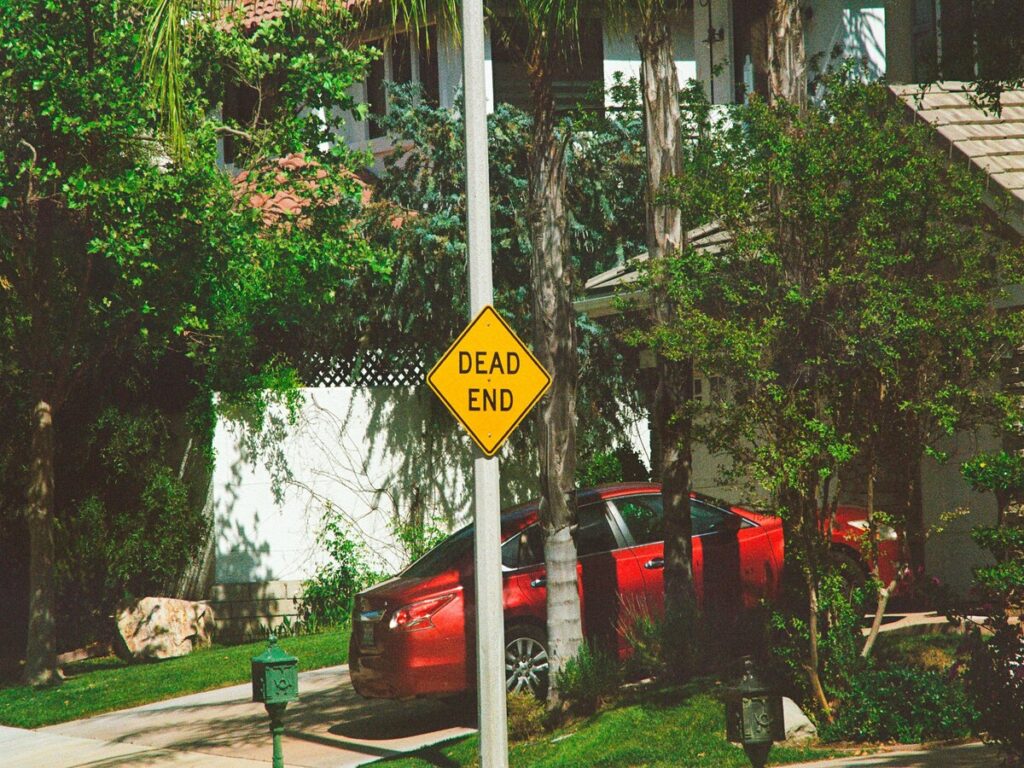
PVC
O PVC é muito usado para sinalização de segurança rodoviária. Este material é forte e pode lidar com o mau tempo. Quando você escolhe PVC, Você tem muitas coisas boas:
- A sinalização de PVC não é danificada pelo sol ou pela chuva. Também não é arruinado por produtos químicos, Então dura mais tempo lá fora.
- Não queima facilmente, Portanto, é mais seguro em lugares perigosos.
- A superfície lisa permite imprimir palavras e imagens claras.
- A sinalização de PVC mantém sua forma, Mesmo quando o tempo muda.
- Você pode usar a sinalização de PVC em lugares molhados porque não absorve água.
A sinalização de PVC também é muito difícil se algo atingir. Você pode usá -lo dentro ou fora quando precisar de sinais que duram e são fáceis de ver. Você pode fazer sinalização de PVC em muitas cores e formas.
Polipropileno
O polipropileno também é uma escolha comum para a sinalização de segurança rodoviária. Este material é forte e se dobra sem quebrar. Aqui está como diferentes tipos de polipropileno funcionam para sinais:
| Tipo de polipropileno | Resistência ao impacto | Flexibilidade/rigidez | Notas sobre aplicação de sinalização |
|---|---|---|---|
| Homopolímeros | Moderado | Alta rigidez | Bom para sinais rígidos |
| Copolímeros de impacto | Alto | Mais flexível | Melhor para sinais que são esbarrados |
| Fibra de vidro reforçada | Excelente | Excelente rigidez | Usado para sinais difíceis em lugares ocupados |
| Copolímeros aleatórios | Bom em baixas temperaturas | Flexível | Bom para sinais em lugares frios |
A sinalização de polipropileno é leve e fácil de transportar. Você pode usá -lo para sinais de que você se move ou só para um curto período de tempo. Não quebra facilmente se for atingido, Então, seus sinais ficam bem durante o trabalho ocupado.
Comparação
Quando você olha para PVC e polipropileno para sinais, Pense em como eles lidam com o sol, clima, e onde você os usará. A sinalização de PVC não desaparece ao sol por causa de produtos químicos especiais. Mantém sua cor e força mesmo depois de muito tempo fora. A sinalização de polipropileno é boa lá fora, mas pode perder a cor e a força mais rápido que o PVC.
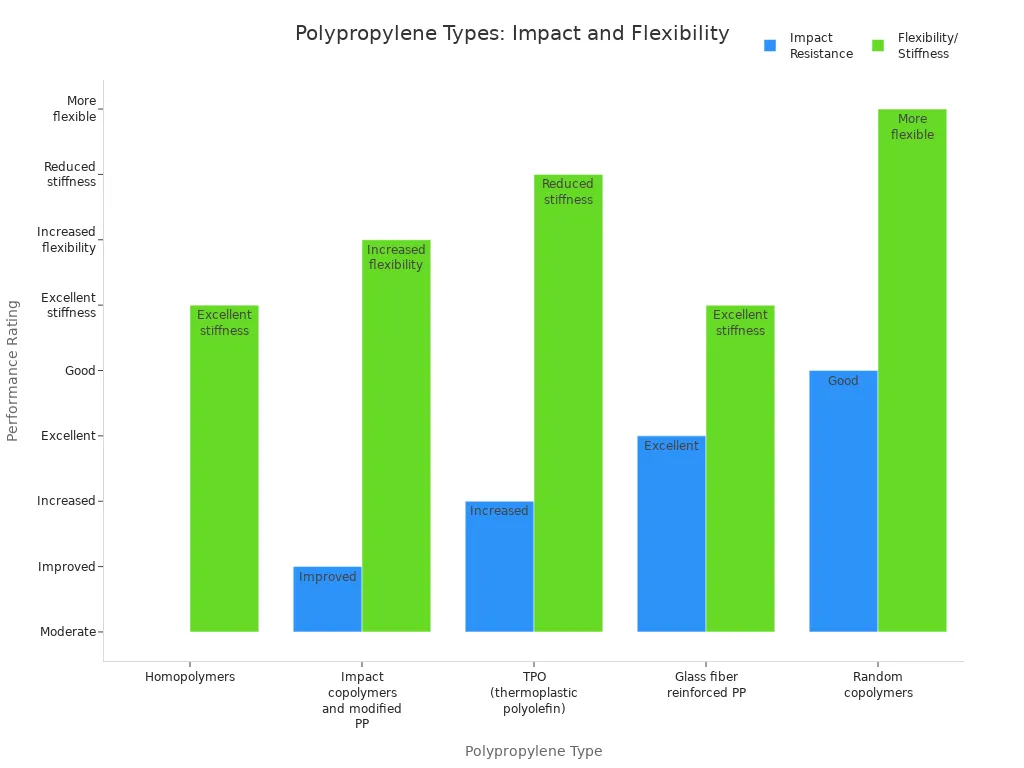
A sinalização de PVC também não é danificada por água ou produtos químicos. Se você precisar de sinais para lugares chuvosos ou sujos, PVC é uma boa escolha. A sinalização de polipropileno é mais leve e melhor para o meio ambiente, porque você pode reciclar. Você pode escolher sinalização de polipropileno para trabalhos curtos ou projetos verdes.
Observação: Especialistas dizem que você deve usar plásticos que não desaparecem ao sol e podem lidar com o mau tempo. Isso ajuda seus sinais a permanecer brilhantes e claros, Siga as regras de segurança, e durar mais.
Casos de uso
Sinais de segurança rodoviária interna
Os sinais de segurança rodoviária plástica são usados dentro de edifícios. Você os vê em escritórios, armazéns, e fábricas. Esses sinais alertam as pessoas sobre perigos ou mostram instruções. Eles também compartilham mensagens importantes. Os sinais plásticos são úteis por muitos motivos:
- Você pode usá -los para avisar, informar, ou guiar pessoas.
- Eles custam menos do que sinais de metal, Então você economiza dinheiro.
- Eles duram muito tempo dentro de casa e não desaparecem rapidamente.
- Eles são leves, Então você pode se mover e pendurá -los facilmente.
- Você pode escolher cores diferentes, palavras, fotos, e símbolos.
Os sinais internos ajudam as pessoas a ver perigos e permanecerem seguros. Você pode colocá -los nas paredes, portas, ou pendure -os no teto. Porque eles são leves, Você não precisa de ferramentas especiais para colocá -las. Você também pode mudar os sinais rapidamente se as coisas mudarem ou novos perigos aparecerem. Isso ajuda a manter seu local de trabalho seguro e arrumado.
Aplicações de sinalização temporária
São necessários sinais temporários para empregos ou eventos curtos. Você os usa durante o trabalho de construção, reparos, ou eventos especiais. Os sinais de plástico são bons para isso porque são fáceis de colocar e derrubar. Você pode escolher entre diferentes plásticos para seus sinais. A tabela abaixo mostra como alguns materiais se comparam:
| Tipo de material | Uso típico | Durabilidade / Vida útil | Principais características & Notas |
|---|---|---|---|
| Plástico ondulado (Corflute) | Curto prazo, Por exemplo, Sites de construção | Muito curto (~ 3 meses) | Leve, barato, fácil de cortar e colocar; dobra ou pausas no sol e mau tempo. |
| Plastics padrão (Placa de espuma de PVC) | Sinais temporários ao ar livre | Menor que 5 anos | Resistência média; pode se dobrar no calor; Não é forte em mau tempo; bom para uso curto. |
| Material compósito de alumínio (ACM) | Placas externas de médio a longo prazo | 5+ anos | Permanece forte no sol e na chuva; luz, duro, não dobra ou quebra; parece legal e dura. |
| Sinais de metal (Por exemplo, Alumínio) | Sinais de trânsito permanentes | Vários anos (5+ anos) | Forte, não enferruja com revestimentos; dura em sol e chuva; melhor para lugares ocupados ou permanentes. |
As folhas de plástico ABS são boas para a construção de canteiros. Eles são fortes e não caros. Você pode colocá -los rapidamente e movê -los se necessário. Plásticos ABs podem ser reciclados, O que é bom para o meio ambiente. Sinais de plástico temporários ajudam você a mostrar perigos, guia carros, e manter as pessoas seguras. Você pode usá -los fora de capas, Como em andaimes ou em tendas. Você pode usar os cabos de cabo, tiras pegajosas, ou significa colocar os sinais onde você precisa deles.
Dica: Use sinais temporários para mostrar novos perigos à medida que seu trabalho muda. Atualizações rápidas ajudam todos a ficarem seguros.
Projetos com orçamento limitado
Às vezes você não tem muito dinheiro para o seu projeto. Os sinais de segurança rodoviária de plástico ajudam você a economizar porque são mais baratos que os de metal. Você paga menos no início, o que é bom para empregos curtos ou lugares seguros. Sinais de plástico são leves, Então você gasta menos para se mover e colocá -los. Isso significa que você paga menos pelos trabalhadores. Você pode comprar muitos sinais de uma só vez para salvar mais.
Sinais de plástico funcionam bem dentro e em lugares com pouco tempo ruim. Você pode usá -los em estacionamentos, escolas, ou para eventos curtos. Se você precisar mudar de sinais frequentemente, Os sinais plásticos tornam fácil e barato. Você pode colocar mais sinais em lugares importantes sem gastar muito. Colocar sinais de plástico é simples, Portanto, você não precisa de ferramentas especiais ou trabalhadores qualificados.
Observação: Sinais de plástico ajudam você a economizar dinheiro e permanecer flexível. Você pode usar seu dinheiro para outras necessidades de segurança e ainda manter as pessoas seguras com sinais claros.
Limitações
Durabilidade ao ar livre
Se você usar sinalização de segurança rodoviária plástica do lado de fora, Pense em quanto tempo vai durar. A sinalização plástica pode ser danificada pelo sol, chuva, e vento. Ao longo do tempo, Sinais de plástico podem desaparecer, rachadura, ou dobrar de forma. Esses problemas tornam difícil para as pessoas ver os sinais. Isso pode significar que as pessoas perdem importantes avisos de saúde e segurança. A tabela abaixo mostra quanto tempo os sinais diferentes duram fora:
| Tipo de material | Média de vida útil ao ar livre |
|---|---|
| Plástico (normalmente usado para sinais temporários) | Mais curta vida útil devido à exposição climática, geralmente menor que 7 anos |
| Sinais reflexivos (varia de acordo com a qualidade do material) | Aproximadamente 7 para 10 anos |
| Sinais de metal (Alumínio/aço) | Tipicamente 10 para 12 anos ou mais com revestimentos e manutenção adequados |
Você deve Escolha sinais de segurança no trânsito que se adequam ao lugar que você os usa. Para longos empregos lá fora, Sinais de plástico podem não ser os melhores. O mau tempo pode fazer sinais plásticos quebrarem mais cedo.
Exposição climática
A sinalização plástica pode ser danificada pelo clima. Sol, chuva, neve, e dias quentes ou frios podem prejudicar sinais de plástico. A luz solar pode fazer sinais desaparecerem e perder o brilho. Chuva e neve podem fazer sinais dobrar ou torcer. Se os sinais perderem a cor ou o brilho, As pessoas podem não ver perigos. Isso pode tornar sua área menos segura.
Você precisa verificar seus sinais frequentemente. Procure rachaduras, faltando tiras brilhantes, ou amassados. Se você vê dano, Fixar ou trocar o sinal rapidamente. A verificação de sinais geralmente ajuda a encontrar problemas antes que piorem.
Uso a longo prazo
A sinalização plástica é boa para trabalhos curtos, Mas não para os longos lá fora. Depois de um tempo, Você pode ver cores desbotadas, sinais dobrados, ou peças ausentes. Esses problemas podem esconder perigos e tornar os sinais menos úteis. Você precisa planejar consertar ou alterar sinais para que eles fiquem claros.
Problemas comuns são:
- Cores desbotadas
- Rachaduras ou divisões
- Faltando tiras brilhantes
- Sinais dobrados ou amassados
Para manter as pessoas seguras, Mantenha seus sinais em boa forma. Escolha sinais fortes para empregos longos e verifique -os com frequência. Bons sinais ajudam você a identificar os perigos e manter todos em segurança todos os dias.
Lista de verificação
Necessidades do projeto
Você deve primeiro saber o que seu projeto precisa. Toda escolha sobre sinalização começa com o conhecimento da área e os perigos. Use esta lista de verificação para ajudá -lo a gerenciar riscos:
- Descubra por que você precisa do sinal. É para avisar, guia, ou informar as pessoas?
- Veja para onde a placa vai ir. Vai estar dentro, fora, ou sob um telhado?
- Pense em quão arriscado a área é. Lugares perigosos precisam de sinais fáceis de ver e durar mais tempo.
- Pense em que perigos existem. Pode haver carros em movimento, máquinas, ou produtos químicos.
- Verifique as regras de saúde e segurança. Verifique se seus sinais seguem regras do Reino Unido como TSRGD.
- Decida quanto tempo você precisa do sinal. Estará lá por um curto tempo ou sempre?
- Planeje o que fazer em emergências. Certifique -se de que os sinais ajudem as pessoas a agir rapidamente e permanecerem seguros.
Dica: Sempre escolha sinais que se encaixam nos perigos e arrisquem em seu projeto. Isso ajuda a gerenciar bem os riscos e mantém a saúde e a segurança importantes em seus planos.
Correspondência de material
Você deve escolher o material certo para o seu sinal. Para sinais lá fora, Use materiais que não são arruinados pelo clima ou pelo sol. Vinil e malha são bons para lugares ventosos ou úmidos. Para sinais dentro, plásticos mais leves ou até papel podem funcionar. Se houver produtos químicos, Escolha sinais que não são danificados por eles. Sempre verifique se você pode reciclar o sinal para ajudar a saúde, segurança, e o meio ambiente. Use sinais reflexivos em lugares escuros ou arriscados. Isso garante que todos possam ver o sinal, mesmo à noite.
Dicas práticas
Siga estas etapas para colocar e cuidar de seus sinais:
- Limpe o local antes de colocar o sinal. Tire poeira e óleo para que a placa fique bem.
- Marque para onde cada sinal deve ir. Use ferramentas para medir e acertar.
- Use a melhor cola ou fixações. Siga o que o fabricante diz para os melhores resultados.
- Verifique a placa depois de colocá -lo. Verifique se é reto e fácil de ver, mesmo à noite.
- Mantenha os sinais limpos. Mude os sinais quebrados rapidamente para manter as coisas seguras.
- Tenha um kit de reparo pronto. Isso ajuda você a consertar os sinais rapidamente se eles forem danificados ou os perigos mudam.
- Verifique os sinais após mau tempo ou muito uso. Isso ajuda a manter a saúde e a segurança fortes e riscos baixos.
Observação: Bons sinais ajudam a diminuir os riscos, Mantenha as pessoas seguras, e ajude todos a saber o que fazer se houver perigo ou uma emergência.
Agora você sabe quando a sinalização de segurança rodoviária plástica funciona melhor. Use esta sinalização dentro, Para trabalhos curtos, ou quando você tem menos dinheiro. Esses sinais ajudam as pessoas a ver avisos e instruções claramente. Sempre pense em custo, quanto tempo duram os sinais, e o meio ambiente. Isso ajuda você a manter os riscos seguros e mais baixos. A lista de verificação e as tabelas ajudam você a escolher o sinal certo para cada trabalho. Se sua área é complicada ou diferente, Peça ajuda a um especialista. Especialistas dizem que você deve escolher sinais fortes e bons para manter as pessoas seguras. Sinais de que brilham ou dobra são mais fáceis de ver e ajudar a interromper acidentes, especialmente em lugares difíceis. Escolha sinais que atendem aos perigos e às necessidades de segurança do seu trabalho. Verifique seus sinais frequentemente para manter os riscos baixos e a segurança alta. Novos sinais inteligentes e materiais melhores podem tornar as coisas ainda mais seguras. Bons sinais são muito importantes para manter as pessoas seguras e diminuir os riscos em todos os projetos.
Para explorar mais sobre como as escolhas materiais estão influenciando o futuro dos sinais de trânsito na Austrália, Confira nosso último blog, Como as escolhas materiais moldam o futuro dos sinais de trânsito para venda na Austrália.
Perguntas frequentes
O que torna os sinais de segurança rodoviária plástica uma boa escolha para projetos de curto prazo?
Você pode usar sinais de plástico para projetos de curto prazo, porque eles são leves, fácil de mover, e custar menos. Você pode instalá -los rapidamente e removê -los quando terminar o trabalho.
Você pode usar sinais de segurança rodoviária plástica lá fora?
Você pode usar sinais de plástico por um curto período de tempo. Eles funcionam bem em clima suave. Para uso ao ar livre a longo prazo, Você deve verificar o sinal com frequência e substituí -lo se vir dano.
Como você limpa e mantém sinais de segurança rodoviária plástica?
Você pode limpar sinais de plástico com um pano úmido e sabão suave. Evite produtos químicos fortes. Verifique os sinais de rachaduras ou desbotamento. Substitua qualquer sinal difícil de ler.
São sinais de segurança rodoviária plástica personalizáveis?
Sim, você pode escolher cores diferentes, formas, e tamanhos. Você pode adicionar seu logotipo ou mensagens especiais. Isso ajuda você a combinar o sinal do seu projeto ou da empresa precisa.

